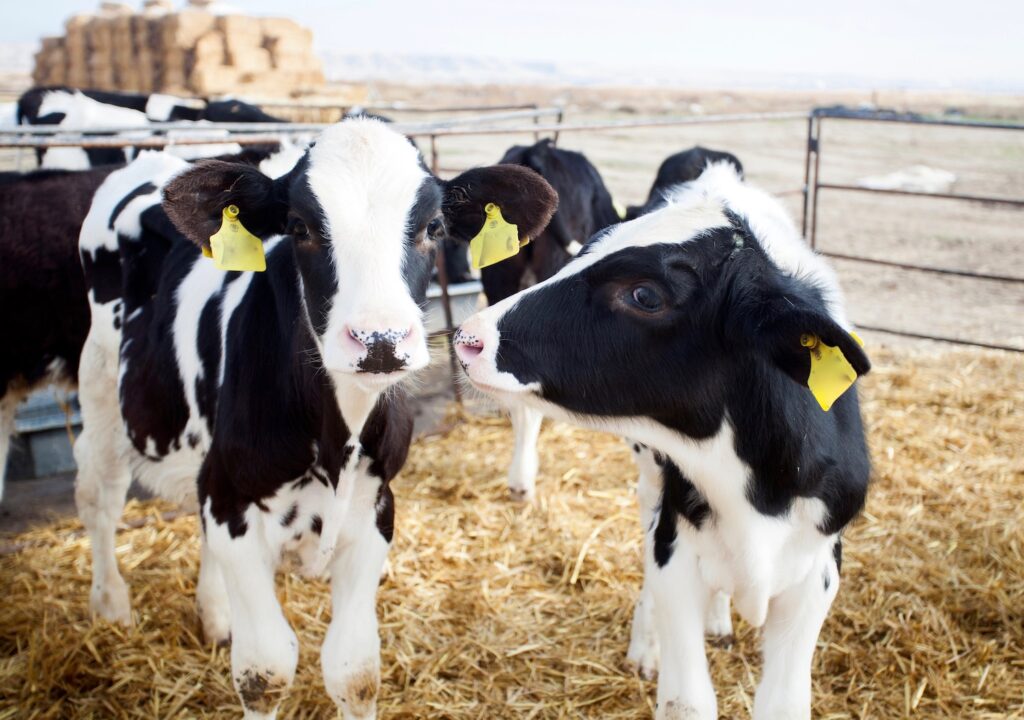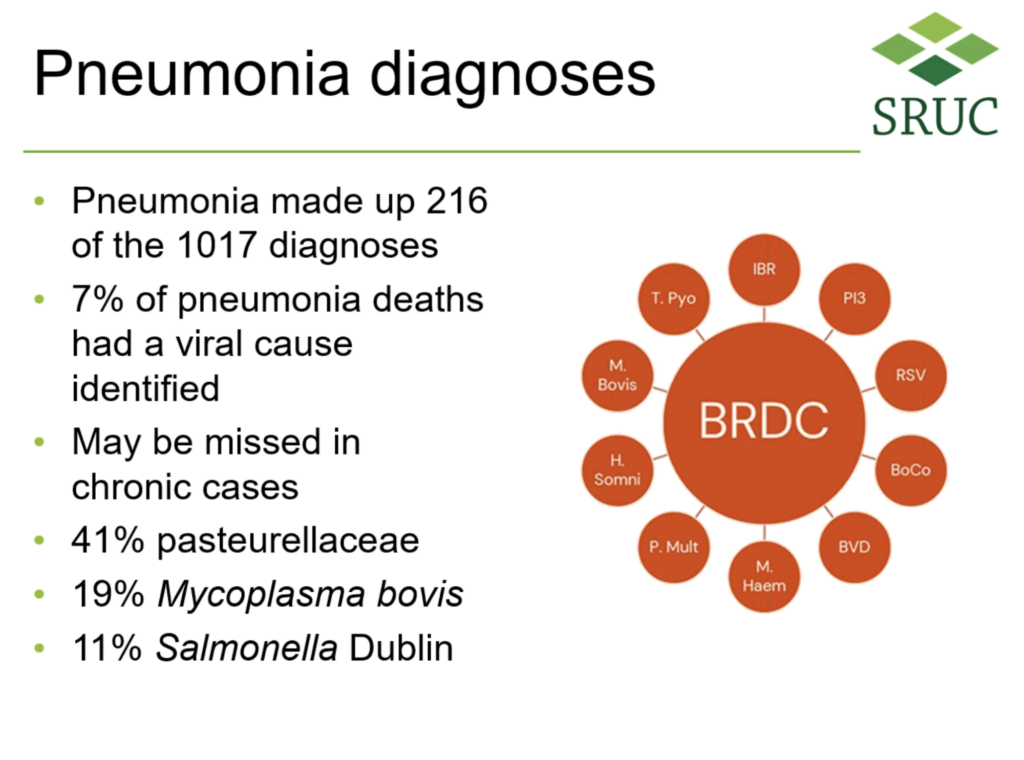Optimising calf health: Inaugural GB Calf Week offers expert advice
7th February 2022
Taking place from 2nd – 9th February, the event celebrates the progress made since the launch of the GB Calf Strategy and has seen a range of experts offering guidance to improve calf performance.
The first Great British Calf Week, headed up by AHDB and NFU, has seen a series of online events, webinars and farm walks taking place, covering everything from practical advice on colostrum management, to more strategic issues, such as genetics and selecting the right sire for your dairy-cross calves. Labour, skills and enterprise management are also featured.
Opening the week on Wednesday (2nd February), AHDB’s head of dairy development & KE, Nic Parsons, said the aims of the strategy, which launched 18 months ago and includes 60 representative organisations, are to reduce and eliminate euthanasia of calves from the GB dairy industry, and try to help farmers improve health and welfare, and the sustainability of dairy and beef herds.
Speaking at a webinar on Friday (4th February), SRUC’s veterinary centre manager Colin Mason stressed the importance of disease prevention in early life as the first 8-12 weeks set the course for the calf’s future yield, health and performance.
He revealed the findings of a review of the main causes of ill health in calves in Scotland, based on data submitted to SRUC disease surveillance centres – involving 600 calves and over 1,000 diagnoses.
The 10 biggest single causes of mortality were:
- Cryptosporidia
- Rumen drinking
- Rotavirus
- Salmonellosis due to Salmonella Dublin
- Colisepticaemia
- Navel ill
- Pneumonia due to Mycoplasma bovis
- Pneumonia due to Mannheimia haemolytica
- Pneumonia due to Trueperella pyogenes
- Pneumonia due to P. multocida.
Researchers were surprised to see the prevalence of rumen drinking and how relevant it was in terms of nutritional causes of calf ill health.
Responding to a question from the audience, Mr Mason advised feeding with a teat rather than a bucket as it is more natural and slightly slows the drinking speed. If feeding individual calves, it is advised to give 1 litre, then another 2 litres to slow down drinking speed and prevent milk in the rumen, which leads to more acid being produced.
Rumen drinking calves may scour, bloat slightly, have on and off milk intakes and abdominal pain.
The findings also show the vast majority of pneumonia is bacterial. Pneumonia is what’s known as a pathogen soup as there is generally a range of pathogens involved. As these are present on most farms, how we manage calf immunity is key, he said.
Some key take home messages from Mr Mason included:
- Colostrum failure is associated with a lot of the calf ill health seen. Quality, quantity, cleanliness and how quickly it is provided, are key.
- A study of beef calves in Canada showed that 78% of calves in the ‘easy assist calving’ category failed to get enough colostrum in the first four hours. For those in ‘difficult assist’ this rose to nearly 100%.
- Still births are important and the target rate should be less than 5% of all calvings. As well as the loss of the calf, if there is a high stillborn rate, you can expect further issues with those born alive. It should be viewed like an iceberg disease. Below the water level, the calf is alive but very much compromised; less likely to get enough colostrum and it won’t absorb as well.
- For slow or difficult calvings, calves will be starved of oxygen and have a build-up lactic acid which acts like a poison and makes them ‘dopey’ – meaning they take longer to stand, have a poor suck reflex and won’t absorb as well through the tube. Ongoing acidosis compromises oesophageal groove, meaning colostrum and milk go into the rumen and the whole process is less effective. Rumen drinking is the end result.
- Keep monitoring total proteins and ZSTs. Blood testing is available to assess passive transfer – serum total protein should be over 52g/litre. Use a Brix refractometer – the cut off is 22%. Colostrometers are simple and work well but are less effective at picking up poorer quality colostrum. Be critical of red and yellow zones and temperature correct as it works differently in colder weather.
- Stomach tubing: Can be quick and effective, ensuring the job gets done, but there are questions over standard techniques and welfare. However, there are far higher rates of failure of passive transfer if calves are allowed to suckle naturally. Stomach or bottle feeding will improve this.
- Volume of colostrum – the key measure is 10% of bodyweight in the first six hours, assuming a variable quality. It’s really important to know bodyweight. Mr Mason advises 3 litres within the first two hours (maximum of six hours), and a further 3 litres in the next 6–12 hours. It’s also important we don’t overfill with colostrum and be mindful of how quickly calves are removed and how much time is spent with the dam in making colostrum decisions.
- Colostrum must be as clean as possible when harvested. If colostrum has a high bacterial load, the bacteria will compete for the same sites on the gut wall that would be used to absorb antibodies, which can block absorption. A study of Irish dairy farms (McAlhoon et al, 2016) found over half of colostrum had bacterial loads above recommendations. Liners, milk handling equipment, tube and other utensils must also be scrupulously clean.
- Calf groupings – The Canada data showed calves managed in pairs or groups had higher feed intakes, but this must be managed against the risk of disease.
To find out more about GB Calf Week, click here
You can follow and engage with the event on social media by using the hashtag #GBCalfWeek. Follow @NFU_Dairy and @AHDB_Dairy to keep up to date.


